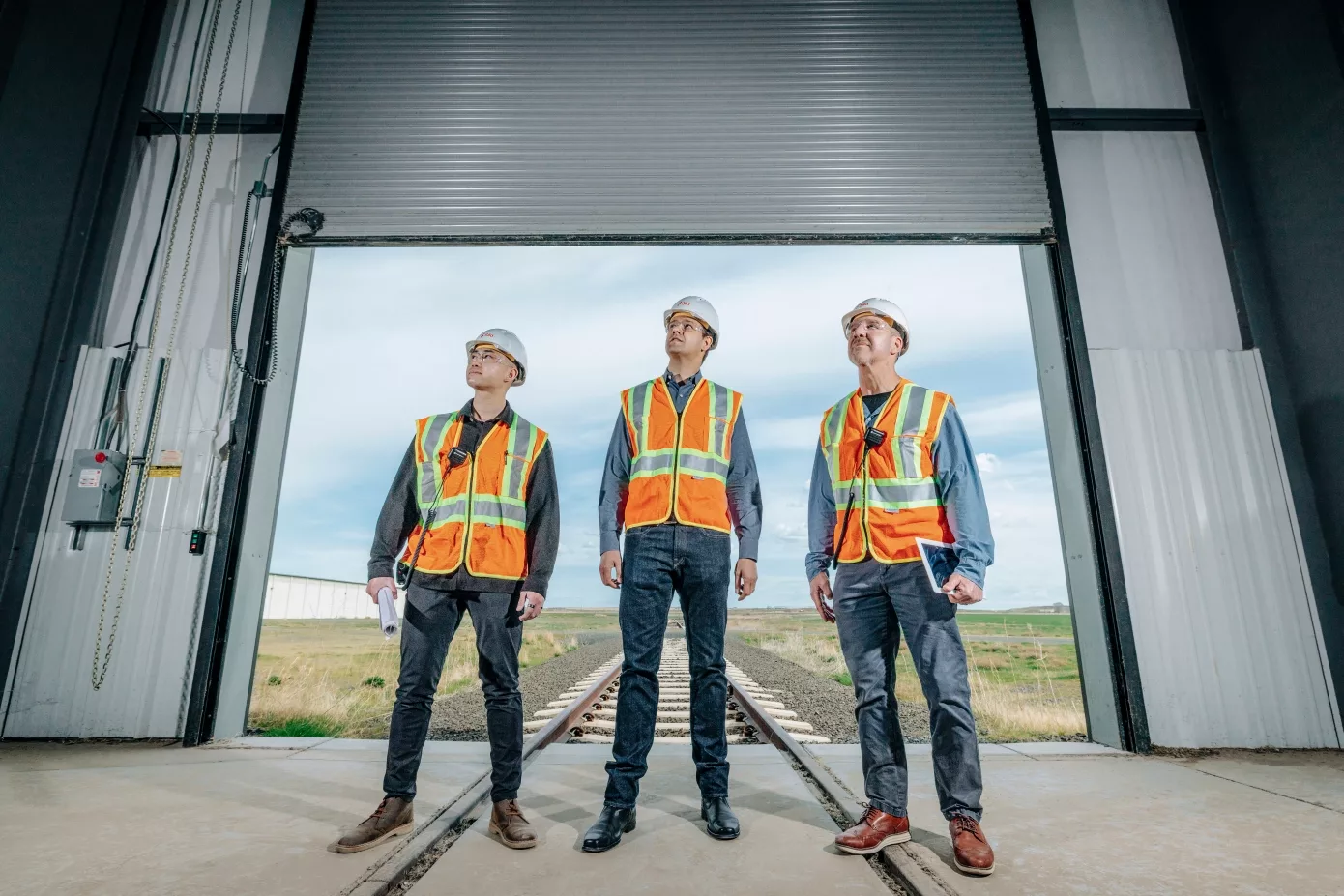Sila buys new factory to produce next-gen EV battery tech on US soil

Battery technology company Sila announced the purchase of a new facility in Washington state that will see its next-generation battery chemistry in hundreds of thousands of electric vehicles by the end of 2026, according to the company.
The 600,000-square-foot factory in Moses Lake, Washington, will start producing automotive-scale quantities of Sila’s battery tech by the second half of 2024, with full production underway in early 2025, the company said on Tuesday. It will serve existing joint ventures with automakers like BMW and Daimler, as well as other partnerships that Sila has not publicly named, according to Gene Berdichevsky, Sila’s founder and CEO.
Sila’s battery chemistry replaces the graphite in a battery cell’s anode with silicon to create a cheaper and more energy-dense battery pack, the company said. The new Washington facility, which is powered by hydropower, will be able to deliver 10 gigawatt-hours (GWh) of capacity annually when used as a full graphite replacement, or 50 GWh when used as a partial replacement. That’s enough material to power batteries in up to 100,000 to 500,000 premium electric vehicles and 500 million mobile phones annually, Sila said.
The news comes a day after the Biden administration announced $3.1 billion toward supporting the domestic production of batteries for electric vehicles. A Sila spokesperson told TechCrunch the company is currently reviewing the Department of Energy funds announcement and will likely apply, assuming Sila meets the eligibility requirements.
While the Washington facility will also produce batteries for consumer electronics, Sila has been working to bring its battery chemistry to electric vehicles for over a decade, and it’s finally getting close. (Berdichevsky was the seventh employee at Tesla, where he was one of the first to put a lithium-ion battery into an internal combustion engine vehicle.) Berdichevsky estimates Sila’s technology will make it to EVs anywhere from the end of 2025 to the end of 2026, depending on how long it takes automakers to validate the new tech, a process that can take anywhere from six to 18 months.